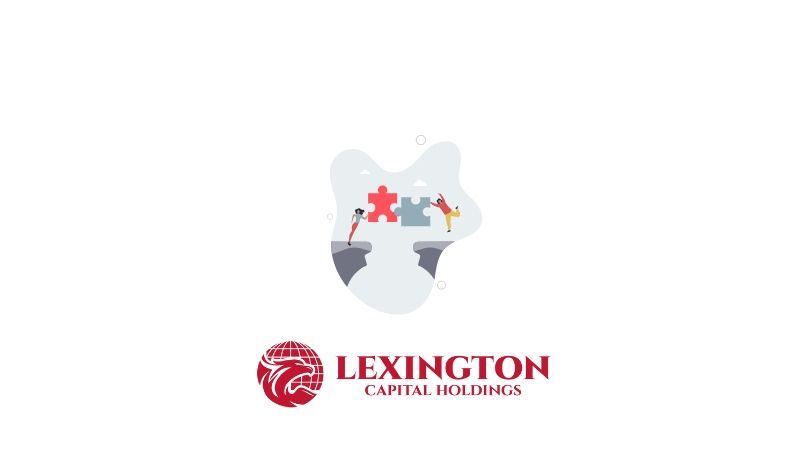The Fundamentals of the FinTech Industry: A Guide for Business Owners
The Fundamentals of the FinTech Industry: A Guide for Business Owners
In the rapidly evolving world of financial technology, or FinTech, understanding the core principles and the landscape can empower business owners to make informed decisions. This article covers the essentials of the FinTech industry, including its components, benefits, challenges, and what every business owner needs to know to navigate this dynamic field successfully.
What is FinTech?
FinTech, a blend of "financial" and "technology," refers to the innovative use of technology to design, deliver, and streamline financial services and processes. It encompasses a broad range of applications, from mobile banking and peer-to-peer payments to cryptocurrency and blockchain technologies, aiming to make financial services more accessible, efficient, and cost-effective.
Key Components of the FinTech Ecosystem
Digital Payments: This is perhaps the most visible aspect of FinTech, simplifying transactions for businesses and consumers alike through mobile wallets, online payment systems, and contactless technologies.
Blockchain and Cryptocurrency: Blockchain technology offers a secure, decentralized ledger for transactions, underpinning cryptocurrencies like Bitcoin and enabling innovations in various sectors, including finance, healthcare, and real estate.
Robo-Advisors and Investment Apps: These platforms use algorithms to offer investment advice and portfolio management with minimal human intervention, making financial advice more accessible.
Peer-to-Peer Lending: Also known as P2P lending, this allows individuals and businesses to obtain loans directly from other individuals, cutting out traditional banking and financial institutions.
Benefits for Business Owners
Cost Reduction: FinTech can significantly lower the costs associated with financial transactions and business operations by automating processes and reducing reliance on expensive infrastructure and intermediaries.
Increased Accessibility: With digital platforms, businesses can reach more customers and access financial services anytime, anywhere, breaking geographical and socio-economic barriers.
Enhanced Customer Experience: FinTech solutions often offer more user-friendly, personalized, and efficient services, leading to higher customer satisfaction and loyalty.
Data-Driven Insights: Advanced analytics and AI in FinTech provide businesses with deeper insights into customer behavior, financial risks, and market trends, enabling more informed decision-making.
Challenges and Considerations
While the benefits are significant, navigating the FinTech landscape also presents challenges. Regulatory compliance, cybersecurity risks, and the need for continuous innovation are among the key considerations for business owners.
Regulatory Compliance: As FinTech continues to evolve, so does the regulatory environment. Staying informed and compliant with local and international financial regulations is crucial.
Cybersecurity: With the increasing digitization of financial services, businesses must prioritize securing their platforms and customer data against cyber threats.
Keeping Up with Innovation: The rapid pace of technological advancement in FinTech means businesses must stay agile, continuously adapting to new trends and customer expectations.
Conclusion
For business owners, the rise of FinTech represents both an exciting opportunity and a formidable challenge. By understanding the fundamentals of the industry and staying ahead of technological and regulatory trends, businesses can leverage FinTech to enhance their operations, reduce costs, and provide superior services to their customers. As the FinTech landscape continues to evolve, embracing innovation and adopting a proactive approach to challenges will be key to thriving in this dynamic industry.

When you apply for business funding, your application goes through a critical stage—underwriting. This is where lenders evaluate risk and determine whether your business qualifies for financing, and under what terms. Understanding what underwriters look for can help you strengthen your application, avoid delays, and increase your approval odds.

Not every business enjoys a steady stream of income. For many companies—especially those in seasonal industries, contracting, or project-based work—revenue can shift dramatically from month to month. These ups and downs are normal, but they can make managing cash flow, payroll, and operating expenses challenging. At Lexington Capital Holdings, we understand that fluctuating revenue doesn’t mean instability—it just means you need the right financial tools to stay balanced and grow confidently.

The Challenge of Hyper-Growth For many startups, growth isn’t the problem—it’s managing it. Rapid scaling demands capital for hiring, marketing, technology, and operations. But too often, founders find themselves cash-strapped right when they need resources the most. Choosing the right financing strategy can be the difference between sustainable growth and burning out too soon.

When it comes to business financing, the terms you secure are just as important as the funding itself. Lower interest rates, flexible repayment schedules, and higher approval amounts can mean the difference between simply surviving and setting your business up to thrive. The good news? Business owners often have more negotiating power than they realize. At Lexington Capital Holdings, we’ve seen firsthand how preparation and strategy can help secure stronger terms. Here’s how you can do the same:

For many businesses, waiting on customer payments can feel like standing still when you’re ready to move forward. Delayed invoices, extended payment terms, or slow collections create cash flow gaps that make it harder to cover expenses, pay employees, or seize new opportunities. The truth is—even successful, profitable companies face this challenge. The key isn’t avoiding it, but managing it strategically with the right funding solutions

Securing business funding is a milestone—but the real impact comes from how you put that capital to work. Every dollar borrowed should fuel momentum, strengthen operations, and generate measurable returns. Unfortunately, too many businesses stop at “getting approved” and miss the chance to maximize their return on investment (ROI). At Lexington Capital Holdings, we believe funding isn’t just about access to capital—it’s about creating opportunity. Here’s how to ensure your financing delivers the highest ROI:

In today’s fast-paced business environment, standing out from the competition requires more than just great products and services—it takes strategy, timing, and smart financial decisions. One of the most overlooked tools in building and maintaining a competitive advantage is business financing. When leveraged correctly, financing doesn’t just help you “get by”; it can actually position your business to outpace competitors and capture new opportunities.

In business, surprises aren’t a matter of if—they’re a matter of when. Whether it’s a sudden equipment breakdown, an unexpected dip in sales, or a market shift that requires quick adaptation, unforeseen expenses can test even the most successful companies. The difference between thriving and struggling often comes down to how well you’ve prepared.

When most business owners hear the word debt, it sparks feelings of stress or risk. But here’s the truth—debt isn’t always a bad thing. In fact, when managed strategically, debt can become one of the most powerful tools to grow, stabilize, and scale your business. At Lexington Capital Holdings, we work with business owners every day who are navigating this very question: Is taking on debt the right move for me? Let’s break down the difference between “good” and “bad” debt so you can make informed financial decisions.

In today’s business world, financing options are everywhere—but choosing the right path can feel overwhelming. From traditional bank loans to alternative lending solutions, the fine print and fast-changing requirements often leave business owners spending more time deciphering funding terms than actually running their businesses. That’s where the value of a dedicated funding advisor truly shines. At Lexington Capital Holdings, we’ve seen firsthand how personalized guidance can transform the funding experience for business owners of all sizes.

